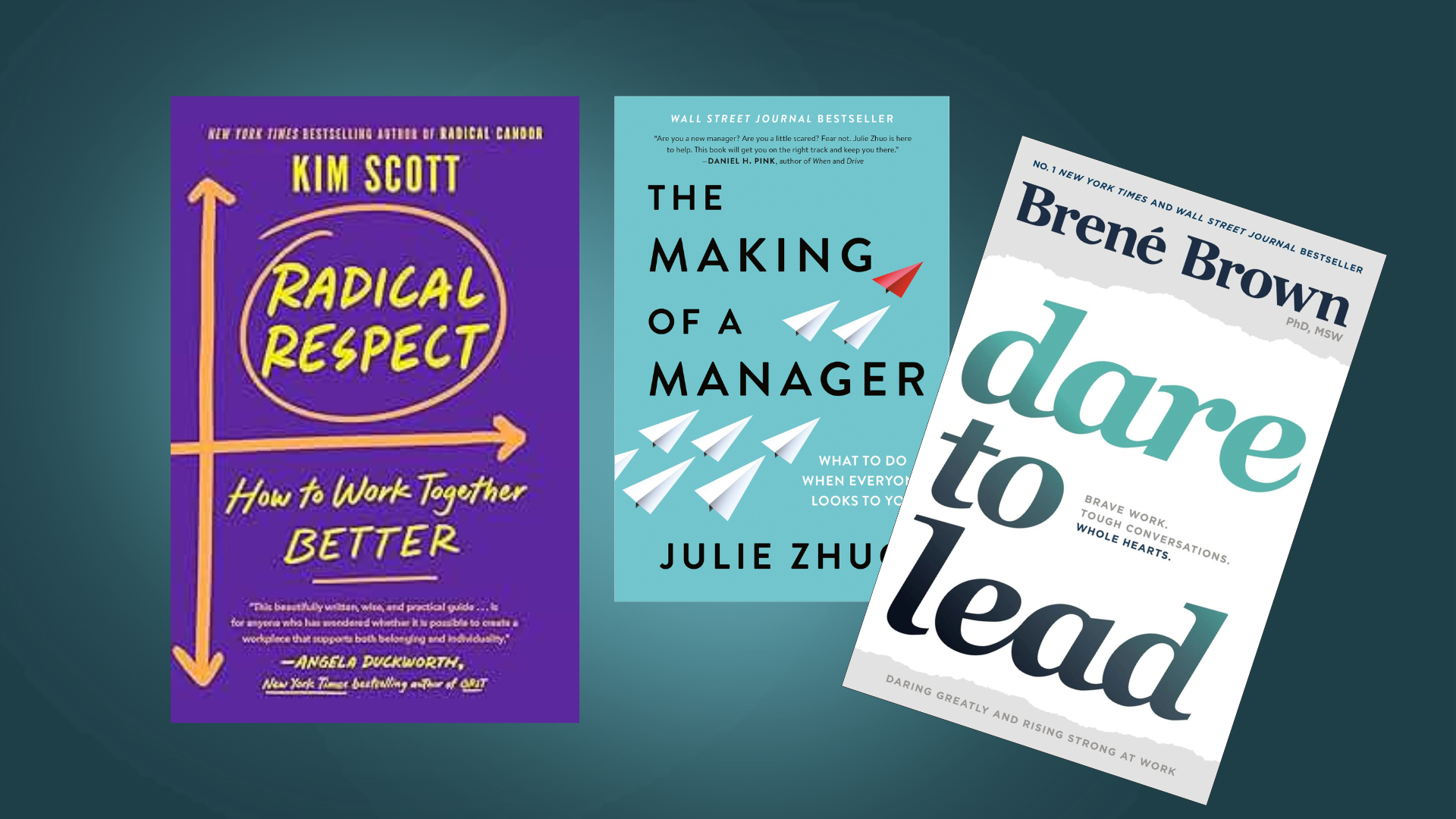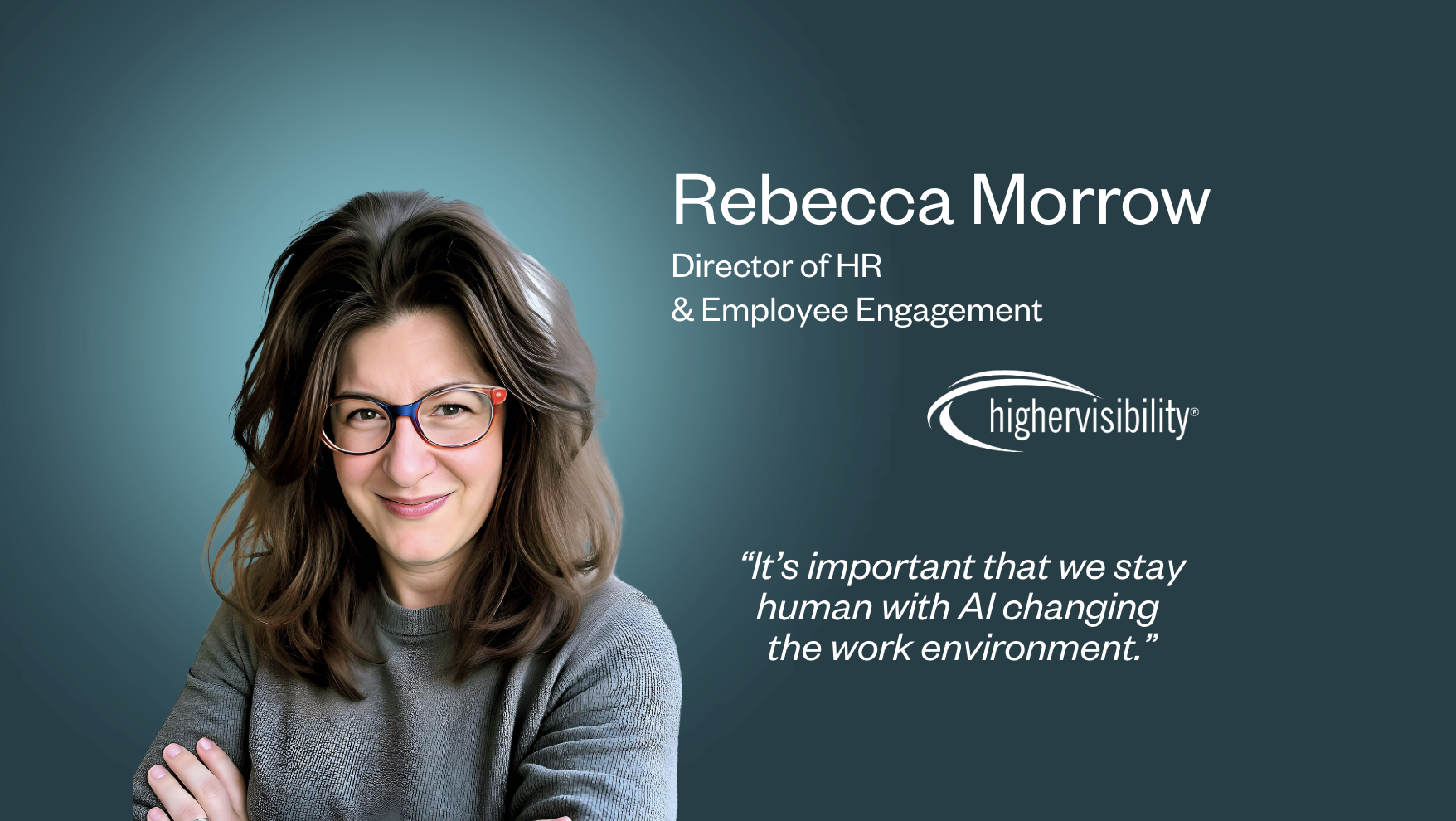When you’re designing your L&D strategy, it’s easy to get caught up in all the amazing tools and offerings on the market. But you’re likely working with a limited budget, and while you’d love to transform your business overnight, you’ll probably need to work on a handful of initiatives at a time before moving onto the next project. So, how do you choose the right learning and development initiatives?
It’s vital that you understand what is a want and what is a need before requesting budget or presenting your strategy to senior leadership. But where do you start? There really is no one-size-fits-all approach to take; every organization is different, and will have different priorities. Here’s some tips to help you define what the right fit for your business is right now.
1. Do a complete audit
Before you begin planning for the future, you need to understand what is already in place (and whether or not it’s working), what has worked or failed in the past, and where there are existing gaps.
You’ll need to speak to department heads, business unit owners, and the C-Suite to get a clear view of this before any work can begin. Compile all the information and look for any patterns or cross-over in terms of existing initiatives and learning gaps.
2. Prioritize and score potential initiatives based on effort, impact, and budget
Impact must take into account the overarching business goals, not just those of the people team. Aligning a learning outcome with a big ticket item for the C-Suite gives you far more success when it comes to gaining buy-in. Using a method like RICE scoring will help keep things objective and ensuring your outcomes are accurate and you choose the right learning and development intiatives to begin with.
3. The highest impact scores must be prioritized.
Whether they’re your favorite ideas or not, i’s important you trust the system and prioritize your high impact projects. These will be unique to your business, but some common high impact initiatives include:
Moving classroom training to eLearning within an LMS where possible and relevant.
This allows for less disruption to the flow of work as people are able to access content when they need it, rather than taking a whole team out of output mode for a day.
Formal coaching and informal mentoring
A coaching culture encourages and supports learning, growth, and development. Businesses with coaching cultures want their people to become the best version of themselves through ongoing feedback, healthy challenge, and support. Giving people access to performance coaches, alongside trusted internal mentors, sets everybody up for success.
Plugging skills gaps
‘Upskilling and reskilling’ are terms you’ll have heard a lot in the last 5 years. Skill gaps have ballooned worldwide with 87% of companies set to face this challenge in the near future. Around 1 billion people will need to be re-skilled by 2030 to keep pace with changes brought on by technology, calling for a “reskilling revolution”.
Find out all about the latest L&D trends and start building a world-class strategy today.



